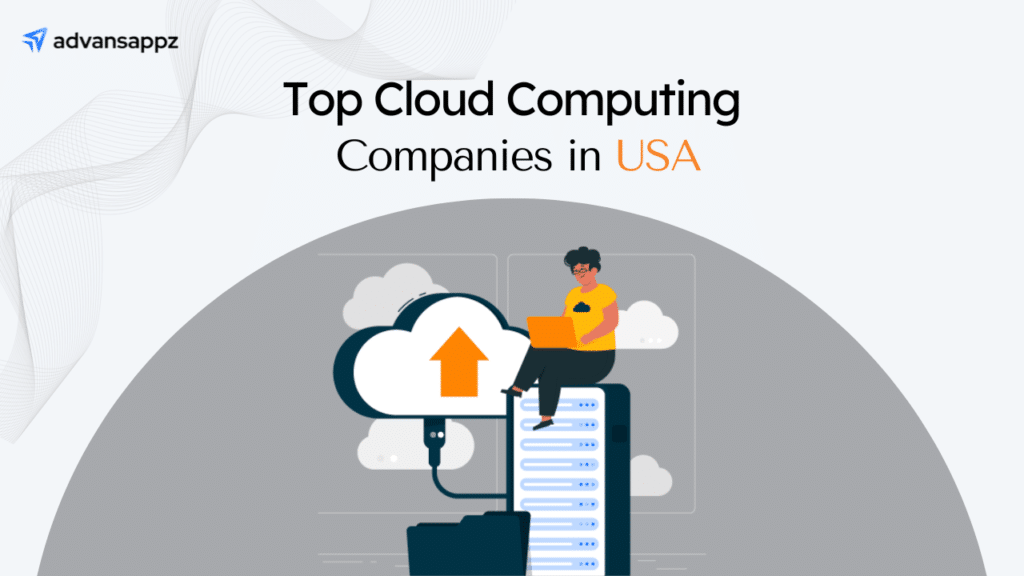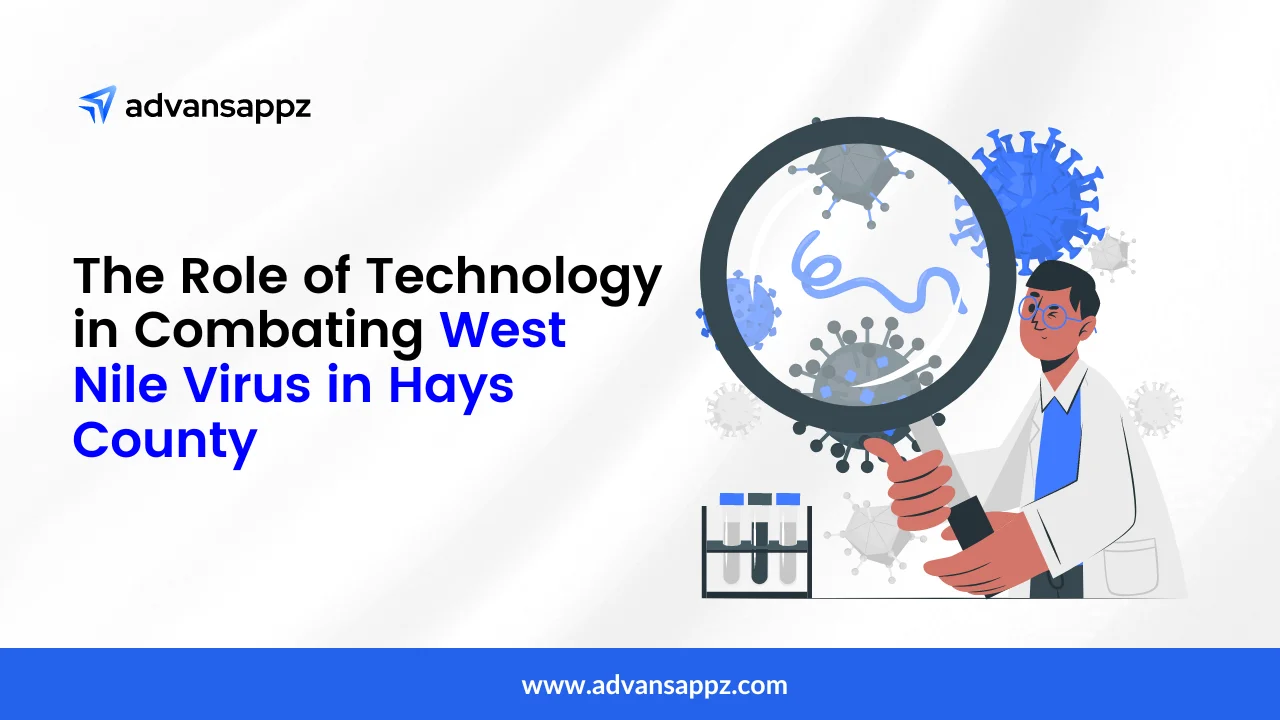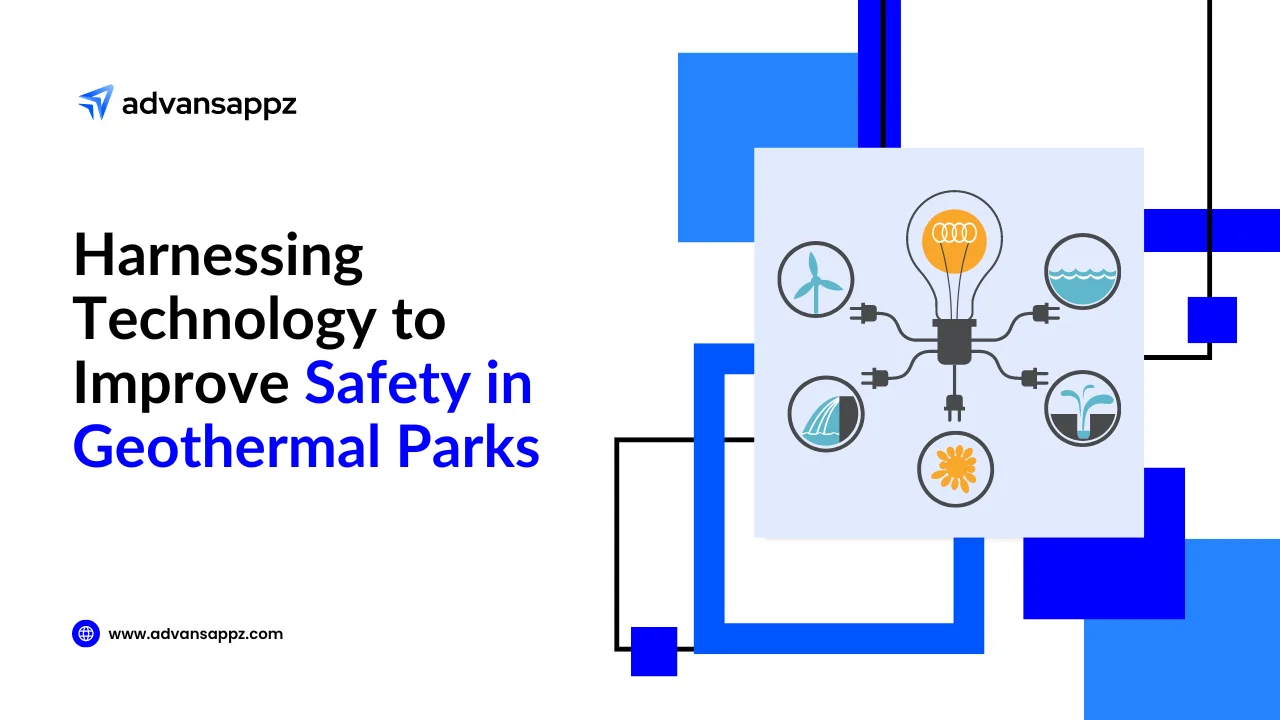For corporations, data revolutionization can be a significant hurdle. Why? Because it might be challenging to make sense of all the available data. However, SAP (Systems, Applications & Products in Data Processing) can help to simplify things in that situation.
SAP assists firms by offering resources and options for better managing and comprehending their data. With SAP analytics cloud planning, you can integrate many data sources and transform their data into insightful information. You can make wiser choices and maintain competitiveness in the quick-paced corporate sector.
You won’t have to be concerned about data breaches because SAP also looks after security and protects your information. You don’t need to be a tech expert to use it because it is user-friendly.
Simply put, SAP streamlines the data revolution for organizations, making it more straightforward to take advantage of data and stay competitive.
Let’s understand how SAP Cloud Analytics allows businesses to manage data and extract benefits.
A Next-Generation Data Platform from SAP Aims to Resolve the Data Challenges
Businesses worldwide face an unparalleled information flood in an era where data prevails. Businesses generate massive volumes of data daily, from consumer interactions and market trends to operational analytics and supply chain logistics. This data could boost growth, efficiency, and insight. However, harnessing and understanding this data tsunami takes a lot of work.
SAP Cloud Analytics, a global enterprise software leader, offers hope for businesses struggling with data complexity. SAP, short for Systems, Applications, and products in Data Processing, has revolutionized company data management.
SAP’s next-generation data platform addresses modern organizations’ complex data needs. Businesses require SAP because:
- Data Integration and Centralization: SAP manages data integration from multiple sources. SAP efficiently centralizes data from legacy systems, cloud apps, and IoT devices. This removes data silos and gives firms a holistic view of their information landscap
- Real-time analytics: Today’s fast-paced corporate climate requires real-time data-driven decisions. SAP gives firms real-time data to monitor operations, spot patterns, and adapt quickly.
- Flexibility and Scalability: Businesses grow data volumes. SAP’s data platform naturally scales with data loads without affecting performance. Its flexible data modeling lets firms adapt to changing data needs.
- Advanced Analytics: SAP provides predictive analytics and machine learning services beyond business intelligence. These skills help firms predict trends, optimize operations, and find data insights.
- Improved Decision-making: SAP’s data platform empowers businesses to make educated decisions. SAP helps enterprises negotiate modern business complexity confidently and quickly by providing complete, real-time, impactful information.
SAP has become a trusted partner for enterprises facing data difficulties in the continually changing data management market. Next-generation data platform handles data integration, analysis, and scalability issues and helps businesses turn data into a strategic asset. SAP reveals the way to data-driven success, giving modern organizations an edge they cannot overlook.
Key Features and Benefits of SAP Analytics Cloud
Making informed decisions is crucial in the data-driven corporate environment of today. With a bevy of capabilities and advantages enabling enterprises to use data for wise decision-making, SAP Analytics Cloud emerges as a game-changer.
Data-Driven Decision-Making
Business intelligence, sophisticated analytics, and collaborative planning are just a few of the vital tools that SAP Analytics gives decision-makers access to. Thanks to these capabilities, users interact effectively and gain insightful knowledge from their data, promoting a data-driven decision-making culture.
Data Empowerment for All
Employees of all ranks can now access pertinent private data because of SAP’s complete business analytics suite. This strategy eliminates data silos and fosters data literacy throughout the organization so that everyone can participate in making informed decisions.
Greater Collaboration in Planning
Effective decision-making is based on collaboration. Using AAP analytics cloud planning, management may better coordinate departmental planning and access the group intelligence of the company. More comprehensive and integrated decisions are made due to this collaborative approach.
Integrating data seamlessly
SAP Analytics streamlines the entire analytics process from beginning to end by seamlessly integrating with existing data platforms and sources. It facilitates quick and confident judgments based on distinctive proprietary data by bringing together people, data, and ideas.
HANA Cloud Platform’s fundamental capabilities
Critical features like data connectivity, modeling, social collaboration, security, administration, online and mobile extensions, and API-based integration tools are all provided by SAP’s HANA cloud platform. With the aid of these features, current business intelligence tools can be integrated easily.
Capabilities for robust data analysis
Numerous data analysis tools are available on the SAP Cloud Platform, including business and financial planning tools, data cleansing, visualization, custom widget building, and machine learning. Organizations can now gain valuable insights from their data thanks to these capabilities.
Leveraging technology-based enterprise solutions has become a strategic requirement as organizations deal with the difficulties caused by the pandemic and rising digitization. Advanced analytics stands out as a crucial component of the digital transformation puzzle, allowing businesses to utilize the vast amount of data accessible in the digital sphere.
Businesses can efficiently evaluate and utilize data across many operations, including strategic planning, operations management, sales optimization, communication improvement, and creating a resilient corporate strategy with the correct tools. With the competitive advantage needed to flourish in today’s dynamic business environment, advanced data analytics emerges as the spark for long-term success.
Implementation and Integration for Data Revolutionization
To integrate SAP Cloud Analytics smoothly, meticulous planning and execution are needed. This section covers how to get started and how SAP Cloud Analytics seamlessly interfaces with SAP and non-SAP applications while prioritizing data consistency and security.
Steps to Get Started
- Initial setup: Set up SAP Cloud Analytics on your organization’s infrastructure. This usually involves installing software and configuring user access. With user-friendly instructions and resources, SAP makes this first setup easy for non-technical users.
- Data Onboarding and Configuration: These are crucial after the platform is operational. This method connects SAP Cloud Analytics to your data sources, which may be on-premises, cloud-based, or external. The platform lets you import, cleanse, and convert data for analytics. The platform effortlessly meets your data analytics demands by customizing the configuration to your business needs.
Integration with Existing Systems
- Integrating SAP analytics in the cloud is vital to unlocking its full potential: The platform facilitates harmonious collaboration whether your firm uses SAP or a mix of SAP and non-SAP apps. It simplifies data interchange and system integration through connectors and APIs. This makes SAP ERP, BW, and other SAP applications easy to connect for SAP users. SAP Cloud Analytics integrates with non-SAP applications, letting you maximize data value.
- Data Consistency and Security: Analytics require data consistency and security. SAP Cloud Analytics provides complete data governance and security to solve these concerns. Advanced data modeling and transformation provide data consistency throughout the analytics process. The platform protects sensitive data with role-based access restrictions, encryption, and compliance. This helps firms meet regulations and builds data management trust.
As your business begins SAP Cloud Analytics, following these deployment and integration stages will help you maximize your data. SAP Cloud Analytics makes data a strategic asset, from setup and data configuration to easy interaction with other systems and strict security measures, giving your firm essential insights for informed decision-making.
Also Check: How SAP BTP Is Transforming Digital Businesses?
The End Note
Today’s fast-changing corporate environment requires attention to the data environment. Organizations in every field face problems and possibilities. To succeed in this data-driven world, you must handle these issues, exploit opportunities, and lead your sector. Becoming data-driven, forward-thinking companies need metadata management.
Data revolutionization is important to advansappz. Our cutting-edge SAP analytics cloud planning and specialized methods help organizations navigate the data world, make educated decisions, and lead their industry. Unlock the value of your data and lead your organization to a data-driven future with AdvansAppz.












